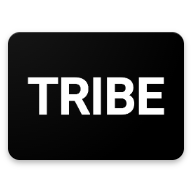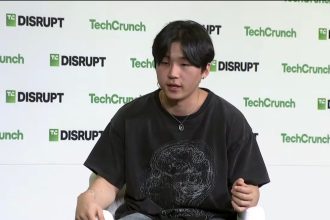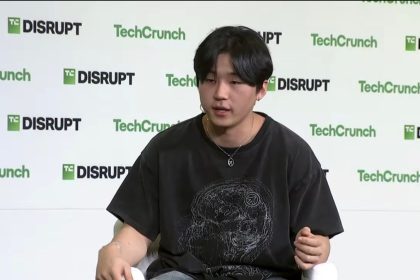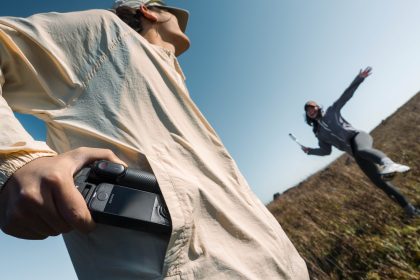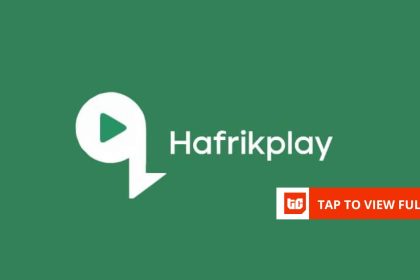With the holiday shopping season becoming longer and noisier, brands are under increased pressure to maximize their campaign budgets and impact.
Using social media, including Facebook and Instagram, to advertise during the holidays offers brands scale and discovery potential. To achieve success through these channels, marketers must manage creative complexity and format diversity at a time when costs and competition are at their highest.
“Advertisers and brands are trying to pull forward the holiday period a little bit earlier, so they’re seeding in new audiences to their campaigns to try to expand that full addressable market,” said Jake Bailey, group director of global business at Meta. “There’s also a shorter time period than usual in between this Thanksgiving and the other holidays and shipping cut-offs, so that makes for a more intense environment.
“Retail is a margin game, so brands are really focused on performance and incrementality,” he said. “Somewhat similar to consumers, they’ve got to get the most out of their marketing budgets this year to be successful.”
Capturing customer attention and intent
As brands vie for attention during the holiday shopping season, shoppers are inundated with content across social media.
Nonetheless, according to a 2024 holiday shopping study by YouGov, commissioned by Meta, 58% of shoppers said Meta is likely to influence their purchases — up from 55% in 2023. In comparison, less than half to just over one-third of shoppers said YouTube (46%) and TikTok (38%) are likely to influence their purchases.
“We actually find that most advertisers usually undershoot their opportunity, especially during Cyber Week,” Bailey said. “They really do underestimate how efficiently they can scale on Meta.”
Furthermore, 79% of shoppers who discovered products across Meta technologies — including Facebook, Instagram and WhatsApp — said they ultimately purchased the products. With these stakes, advertisers are turning to Meta technologies to drive holiday sales — contributing to increased competition and higher ad costs.
“A lot of times, advertisers will spread their investment like peanut butter across all of their different campaigns,” Bailey said. “This tends to actually work against them when it comes to peak season, because they’re competing against everybody else who’s doing the same thing.”
During the high-pressure holiday period, brands are turning to enhanced automation and AI tools to help drive conversions and sales. New automation tools are equipping brands to identify and convert high-value shoppers, improving the efficiency of holiday campaigns.
Meta’s Advantage+, for example, is a suite of automation tools that aim to boost sales and drive growth. By responding to real-time data to deliver more relevant, engaging customer experiences, Advantage+ helps brands maximize results with tight budgets and turnaround times.
For instance, since audiences may expand beyond usual target parameters during the holidays, marketers can keep audiences as broad as possible with Advantage+ audiences. According to Meta data, doing this results in a 7% lower median cost per website conversion.
Another way for brands to achieve reach is through Advantage+ placements, which help teams find the most cost-effective opportunities across Meta technologies. When used across six or more placements, data from Meta found that advertisers experienced a 5% lower cost per optimized conversion.
Advantage+ also allows marketers to be cost-conscious by allowing them to set budget minimums to ensure delivery for certain priority holiday campaigns. Advertisers with Autobid campaigns using a single pixel, in which Meta’s algorithms manage auction bids to maximize results, have seen a 5% lower cost-per-acquisition, per Meta data.
“Our Advantage+ suite is really giving advertisers back a lot more time to focus on other, more strategic things, like developing new creative concepts, and we’ve found that to be a great unlock,” Bailey said. “The Advantage+ campaigns scale way more efficiently than anything I’ve ever seen — better than what a manual campaign that someone sets up themselves can do on its own. The Advantage+ sales campaigns scale really efficiently around big sales and big promos.”
Standing out with creator marketing in the crowded holiday season
While automated tools are essential for getting ads in front of the right audiences at the right time, delivering high-quality creative is critical for brands to break through to overwhelmed shoppers during the holidays.
One way teams are accomplishing this is through creator marketing. Creators are consistently improving results for advertisers across both performance and brand metrics.
According to analysis from Meta, creators contribute to a 19% reduction in acquisition costs and a 71% increase in intent/brand lift. And with more than 90% of Gen Z and millennials following content creators on social media, it’s unsurprising that creators drive holiday inspiration and action.
According to an Ipsos study, commissioned by Meta, 33% of shoppers said they care about creator recommendations when making holiday shopping decisions. Across Meta technologies, partnership ads are helping advertisers drive performance with creators. Partnership ads allow brands to run ads with a creator’s handle.
As part of always-on strategies, partnership ads drive strong results. Per the Ipsos study, 71% of consumers said they make a purchase within a couple of days after seeing creator content across Meta technologies. A Meta analysis of global campaigns also found that partnership ads have a 99% probability to outperform business-as-usual ads.
“I have some partners who are investing 40% of their daily investment on partnership ads, and they’re seeing incredible CPAs,” Bailey said. “They’re also getting access to net new audiences, which matters a lot to expanding and growing their business much faster.”
For instance, furniture retailer Castlery worked with Meta to test the impact of partnership ads on Facebook and Instagram on sales. Castlery conducted an A/B test in Meta Ads Manager, comparing Reels from creators to the brand’s usual ads with no creator-led videos. The team delivered all campaigns to a custom audience of people ages 25 to 54 and used Advantage+ placements to automatically deliver ads across all of Meta’s platforms based on which were most likely to drive the best campaign results at the lowest cost at any given time. The A/B test revealed a 4x higher return on ad spend on the partnership ads, as well as a 78% lower cost-per-purchase.
As brands prioritize conversions over reach, this is the first of many holiday seasons where AI-driven personalization and automated bidding tools will be table stakes. Creators will also continue to set the tone of holiday advertising and beyond, playing a role in discovery, sales and everything in between.
“I think 2026 is going to be really exciting, given all of the change happening with AI and even internally here at Meta, things are changing daily with all the investments we’re making here,” Bailey said. “It’s going to be exciting, I can tell you that much.”
Partner insights from Meta
